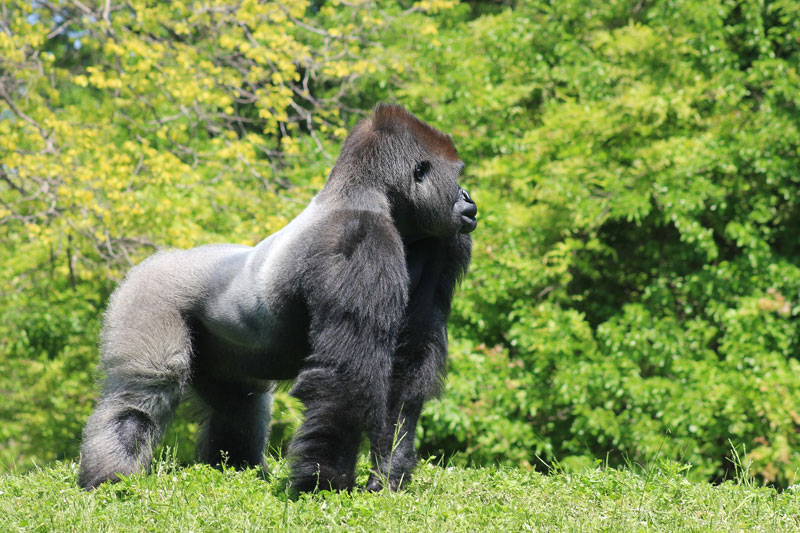A confusion common among humans is the difference between monkeys and apes. Often you’ll hear people refer to gorillas, chimpanzees, and orangutans as monkeys when they are not. These are apes, not monkeys. So, what is the difference?
First, let’s briefly talk about what a primate is. Compared to other mammals, primates have considerably large head/brain. Female primates usually only bear one young during pregnancy. Eyes are in front of the face, never at the sides, which gives them a very good perception of depth that they can use to avoid falling from swinging on branches. Primates usually live on trees or somewhere near. Also, most are hairy. Humans belong to the primate order.

Compared to apes, monkeys are smaller and have fewer muscles. Their limbs are slim and most species can use their tail to hang on branches. Usually, monkeys walk on all fours. Their diet consists of fruits and insects.
Apes, on the other hand, are larger and stronger. Most apes walk using two legs. Their diet consists of fruits, grass, seeds, and sometimes even other small animals. The most common ape are humans.
For a quick answer, apes don’t have tails while most monkeys do.


